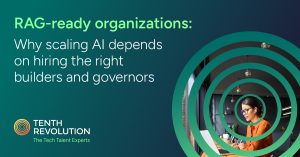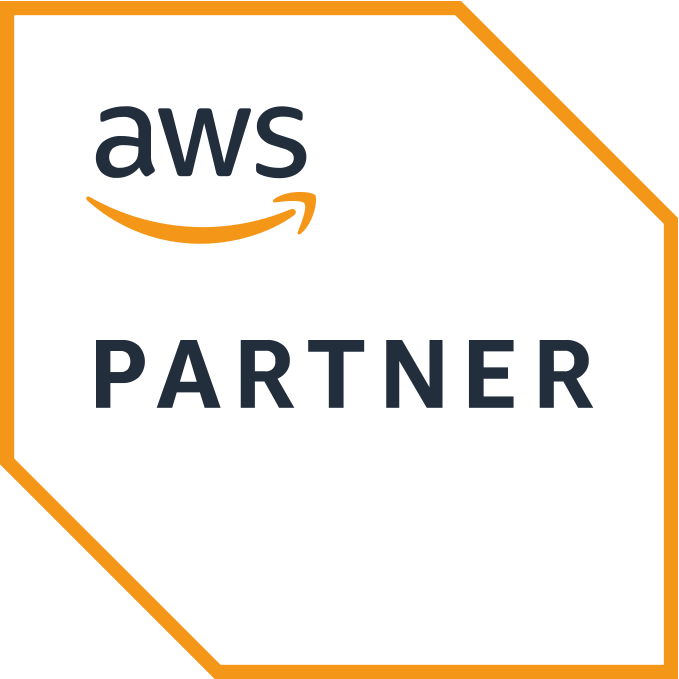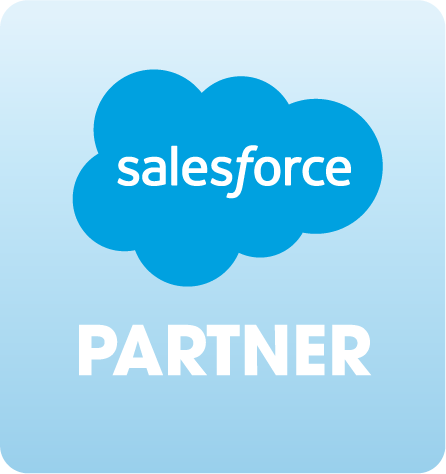AI has transformed how enterprises think about their data platforms.
The goal is no longer limited to analytics and reporting. Data now needs to be real-time, interoperable, and trusted enough to feed generative AI systems without introducing unnecessary cost or compliance risk. That’s why open table formats such as Apache Iceberg, Delta Lake, and Apache Hudi have become essential for modern data architectures.
Instead of another wave of proprietary lock-in, enterprises are adopting open standards and modular stacks that give them flexibility and control. But simply knowing the names of these technologies isn’t enough. The real opportunity lies in understanding how they fit together to create an AI-ready foundation that balances governance, cost, and scalability.
Why open table formats are winning
For years, enterprises found themselves stuck between data lakes and data warehouses. Lakes offered scale but lacked structure. Warehouses provided structure but at a much higher cost. Open table formats like Iceberg, Delta, and Hudi now bridge that divide by layering schema, versioning, and governance on top of affordable, scalable storage.
The result is a data platform that delivers:
- Consistency across both streaming and batch pipelines
- Interoperability between tools and platforms, preventing vendor lock-in
- Built-in governance through features like audit trails and time travel
This evolution is particularly critical for AI. Models don’t just need vast quantities of data, but data that’s accurate, traceable, and continually updated. With open table formats, enterprises can provide models with the structured, verifiable information they require for reliable decision-making.
Where streaming fits in
Table formats address the structure problem, but AI also demands speed. Agents, copilots, and AI assistants need access to real-time inputs, whether those come from transaction systems, compliance frameworks, or customer interactions. This is why many enterprises are now merging their lakehouse and streaming stacks.
Modern data architectures pair Iceberg, Delta, or Hudi with technologies such as Kafka, Flink, or Spark Structured Streaming to achieve:
- Up-to-date data so models always operate on the latest information
- Reliability through schema evolution and intelligent error handling
- Scalability to handle bursts in demand without disrupting downstream systems
For any business investing in AI, real-time data is no longer a luxury, but an essential for accuracy and trust.
Need help building streaming-first pipelines that integrate seamlessly with your data stack? Tenth Revolution Group connects organizations with data engineers and architects who specialize in Iceberg, Delta, Hudi, and Kafka; professionals who can build scalable data foundations for AI-driven growth.
The governance layer: Beyond compliance
As AI adoption accelerates, governance is moving from a regulatory checkbox to a competitive differentiator. Regulators are asking how enterprises manage both training and inference data, while customers increasingly expect transparency around data usage.
Open table formats provide auditability at the storage level, but effective governance goes further. Forward-looking enterprises are now implementing:
- Unified data catalogs that deliver a single, organization-wide view of assets
- Semantic and metrics layers that standardize definitions and usage across teams
- Role-based access controls that map permissions to business responsibility
Together, these components ensure that when AI systems access data, business leaders can answer key questions: Where did this data originate? Who is responsible for it? Is it appropriate for use in this specific context?
Strong governance isn’t only about compliance, it also builds confidence in every AI decision your enterprise makes.
A different perspective: Cost efficiency
AI and advanced analytics create immense value but also introduce new financial pressures. As AI workloads scale, training and serving costs can rise rapidly. Open table formats offer a way to keep those costs predictable.
By separating compute from storage and adopting open standards, enterprises can choose the most cost-effective services without being tied to a single vendor. This flexibility is becoming crucial as organizations handle massive training datasets and serve inference at scale.
When implemented strategically, Iceberg, Delta, and Hudi can help enterprises maintain both flexibility and cost control. But achieving that balance requires data professionals who understand both FinOps principles and data engineering best practices.
Looking to align your AI data strategy with financial discipline? Tenth Revolution Group helps businesses hire FinOps-savvy data engineers who combine technical expertise with a clear understanding of cost governance.
What leaders should focus on now
For CFOs, CIOs, and Chief Data Officers, the challenge goes far beyond technology selection. Building an AI-ready platform means planning for scalability, interoperability, and continuous governance from the outset. The following steps can help leaders prepare their organizations for success:
- Standardize on an open table format. Whether you choose Iceberg, Delta, or Hudi, make it the enterprise standard. Fragmented environments slow progress and add unnecessary complexity.
- Invest in real-time pipelines. Batch processing alone no longer meets AI’s speed requirements. Adopt streaming-first architectures that integrate with your lakehouse seamlessly.
- Embed governance from the start. Build catalogs, semantic layers, and access controls into your architecture from day one rather than treating them as afterthoughts.
With these priorities in place, enterprises can build AI systems that are scalable, transparent, and financially sustainable.
As AI becomes central to business strategy, leaders who combine open data infrastructure with the right talent will set their organizations apart.










